Stanford Hall, Leicestershire: A vibrant estate playing an active role in the world around it
An ambitious round of restoration work is reviving an estate and country house after a challenging 20th century. John Goodall explores the history of this remarkable building.
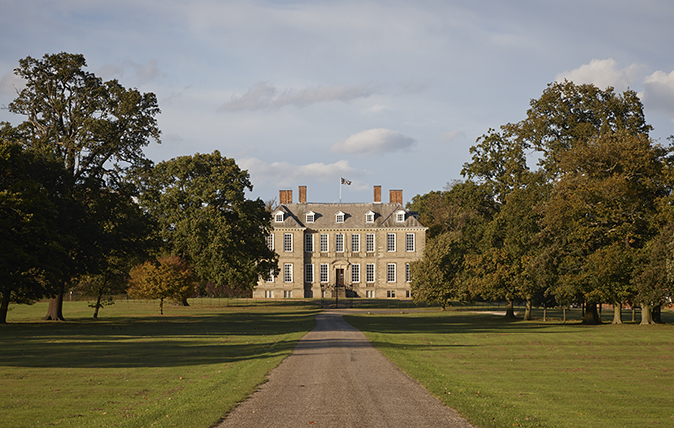

Stanford Hall seems to answer perfectly the brief of its builder in 1697 to create something ‘good, strong and substantial’, yet it has a history that is curiously at odds with its ordered outward appearance. The house stands close to the geographic heart of England on the banks of the River Avon at the intersection of three counties: Leicestershire, Northamptonshire and Warwickshire. It occupies a fine parkland setting: the approaching drive is flanked on one side by a lake created from the Avon.

The manor of Stanford was the property of the great Benedictine abbey of Selby in North Yorkshire, being part of its foundation bequest in about 1070. In 1429, one John Cave became Abbot of Selby and established his family as the tenants of Stanford. The arrangement lasted until the Dissolution in 1539, after which the family purchased the freehold for £1,194.
Some impression of the late-medieval manor house they occupied is provided by an inventory dated April 28, 1496, which is part of a small, but important, collection of muniments that remain at Stanford. Starting in the great hall with its tables, trestles, hangings and cushions, the inventory moves room by room through the domestic chambers of the building – a parlour, chamber, outer chamber and wardrobe – before passing into the service buildings, enumerating the livestock and concluding in the kitchen. It estimates the full value of the contents at just over £353, a considerable sum at that time.
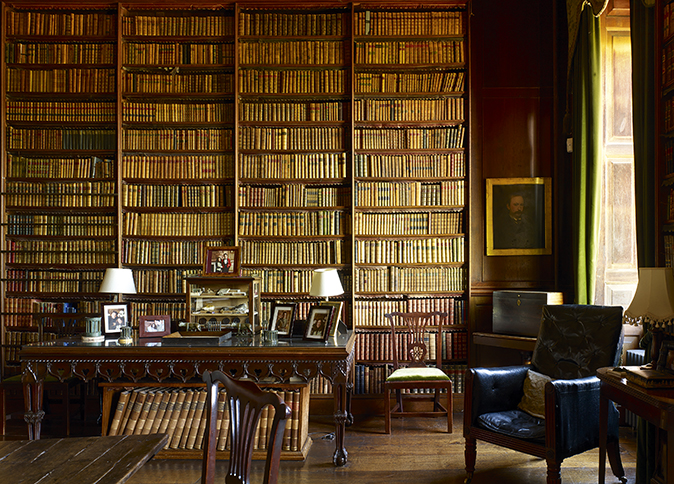
This building stood close to the medieval settlement and superb parish church, where many generations of the Caves lie buried (and now also home to an innovatory bat box). Nothing is securely known, however, about the appearance or development of the manor house. Its occupants essentially remained figures of local standing and, like all gentry families, they remained proud of their long lineage, which is recorded in an unusually fulsome roll of about 1620. On the eve of the English Civil War, in 1641, the head of the family, Thomas, received a baronetcy, but his support of the king, fortunately, did not compromise the inheritance of his son, Sir Roger, the 2nd baronet, in 1670.
More than 25 years later, Sir Roger took the dramatic decision to rebuild his family seat on a virgin site across the River Avon (and, in so doing, moved it from Northamptonshire into Leicestershire). It could be that his incentive was aesthetic: the medieval house and its cramped setting within the village must have looked dated. That said, he was not a promising architectural patron: he was in his forties, had no great fortune and had already ended an unremarkable parliamentary career. Furthermore, he boasted an ancient lineage and the proof is all around us that such families tended to augment their seats rather demolish them. What prompted him to build?
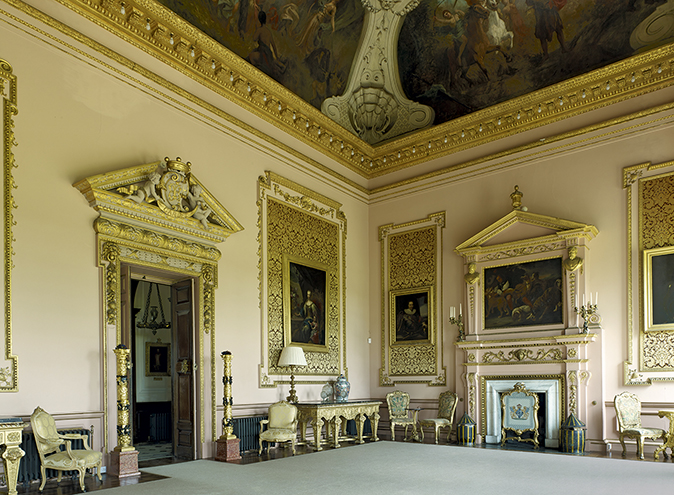
Two documents, still preserved at Stanford, possibly provide an answer. They were drafted by the master-builder and architect William Smith, the son of a bricklayer from Tettenhall in Staffordshire and part of a Midland building dynasty. He and his younger brother, Francis, both enjoyed successful interconnected careers that benefited from the devastation of Warwick by fire in September 1694. William was appointed surveyor of the town, with responsibilities to oversee its reconstruction after this catastrophe in 1695 and contracted to rebuild the nave of St Mary’s Church with Francis in 1697. Their business, founded on the qualities of detailed assessment, honesty and reliability, burgeoned thereafter. Francis moved to the town and is today familiar simply as ‘Smith of Warwick’, but William remained in Staffordshire until his death in 1724.
The first of William Smith’s documents is a draft agreement dated 1697 agreeing the terms of building a new house with Sir Roger. According to this, ‘William Smith shall take and pull downe…the dwelling house of him the said Sir R Cave in Stanford aforesaid together with the brick house in the best garden’. Cannibalising the materials, he was then to ‘build and sett up a good strong and substantial new house…according to a draft [drawing]’. This was to comprise – the document continues – a kitchen, a little parlour, a ‘butlers room’, a great hall, a servants hall, a great parlour and a withdrawing room, all raised up over cellars, with chambers set over them and garrets above. It was to have a cut or ‘freestone’ frontage wrought with ‘good mouldings’ that incorporated sash windows, by now a relatively familiar feature of polite architecture. The secondary elevations were brick with stone detailing (and sashed only in the 1730s).
Sign up for the Country Life Newsletter
Exquisite houses, the beauty of Nature, and how to get the most from your life, straight to your inbox.
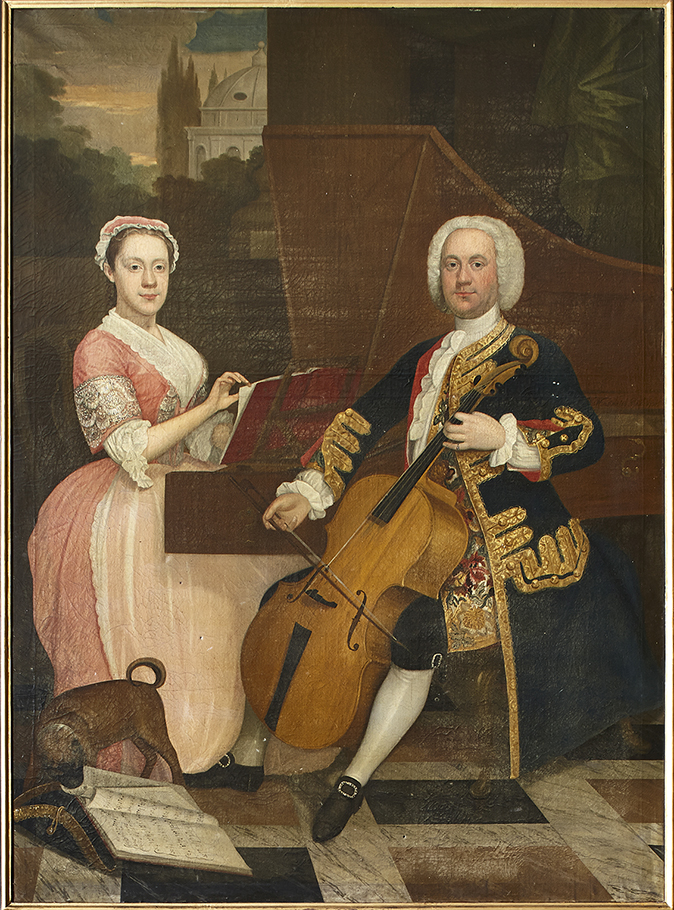
In conjunction with this, an undated estimate was drawn up setting out the expenses involved in constructing the new house: £2,138 10s. This includes the proviso that Sir Roger will ‘find all the scaffolding stuff… chimney pieces and hearths; and painting the old wainscot if he will have it painted’. He was also to supply all the necessary materials including reeds from his pools, timber, lead, brick (the articles mention 160,000 bricks), boards and laths. The floor of the hall was to be laid in blue and white stone.
The estimate includes a memorandum for Smith ‘to wait upon Mr Bromley for the draughts [drawings] in his hands’. This pinpoints the crucial figure in the project and connects it directly with the rebuilding of Warwick. Some time in the 1690s Sir Roger married for the second time one Mary Bromley. Her brother, William, was the MP for Warwick from 1690-8 and a commissioner for rebuilding the town after the fire. He was, therefore, Sir Roger’s brother-in-law and the direct patron of William Smith. Some indication of his importance to both parties is apparent in the conclusion to the estimate: ‘if any difference arise Mr Bromley to determine it on both sides’.
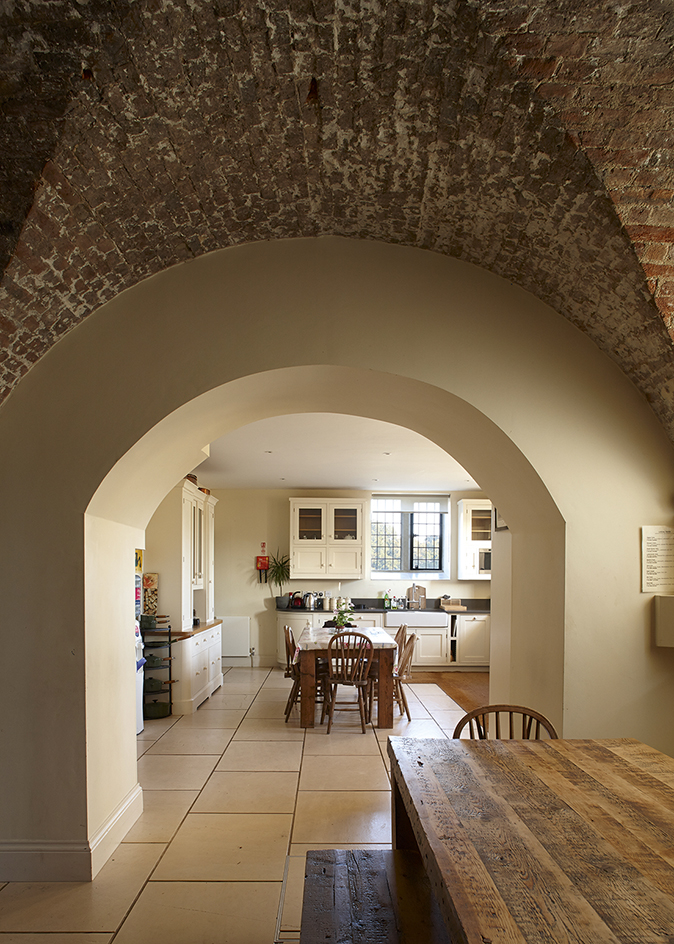
The construction of Stanford Hall, then, was probably an indirect consequence of Sir Roger’s marriage and it directly involved his brother-in-law. In design, the house was strikingly conservative. It eschews the developing fashion for balustraded parapets and adopts a high-pitched roof. Meanwhile, the vestigial H-shaped plan – with a central hall block two rooms deep bookended by cross-ranges and long internal corridors running across the house – hearkens back to the architectural innovations of the early 17th century. The term ‘great hall’ would likewise have seemed dated in the 1690s.
It’s not recorded when work to the new house began, but things quickly went wrong, probably for lack of funds. The estimate states that the house ‘was to be covered by Michaelmas 1699. Inside to be finished by Lamas 1700’. However, according to his grandson’s account, recorded by John Nichols in The History and Antiquities of the County of Leicester (1795), ‘though he [Sir Roger] began and finished this house, so far as to glaze and close it in with tile and lead, he did not live to complete many rooms within it’. When he died in 1703, therefore, it fell, to his successor to assume this task.
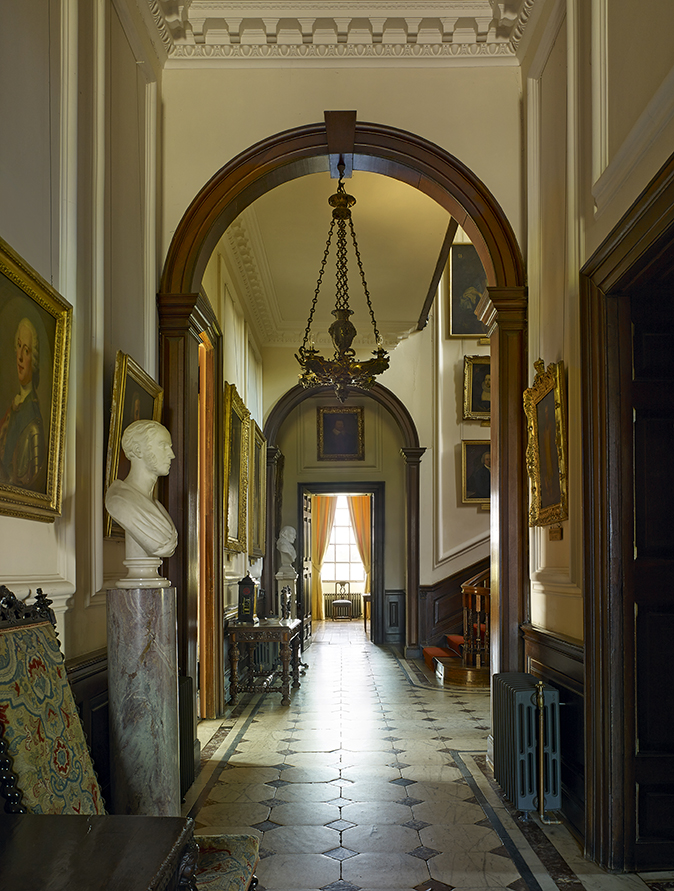
Sir Roger’s son, Sir Thomas Cave, and his wife were reported in a letter by Lady Fermanagh to be at work on the great parlour in 1716. Their son, Sir Verney, who inherited as a minor in 1719, added the principal staircase to the house in 1730. William Smith, the builder of the house, had died in 1724 so the commission went to his brother, Francis, ‘Smith of Warwick’. A letter of advice and a plan for the stair from Smith still survive, along with proposals – unrealised – to add wings to the house.
Following Sir Verney’s death in 1734, the estate passed to his younger brother, the Rugby-educated Sir Thomas Cave, 5th Baronet. Among many other interests, Sir Thomas was an antiquarian and closely involved with John Nichols, whose History and Antiquities of the County of Leicester has already been mentioned. In this volume Nichols wrote of Sir Thomas that ‘he completed the family residence which had been planned by his predecessors; and maintained it in the genuine hospitality of an English gentleman…he possessed a large and well selected library and was conversant with the contents of it. Topography, in particular, engrossed a considerable part of his leisure’. Nichols does not mention, however, another of Sir Thomas’s evident passions: music. Two portraits of him in the house show him playing the cello with his wife.
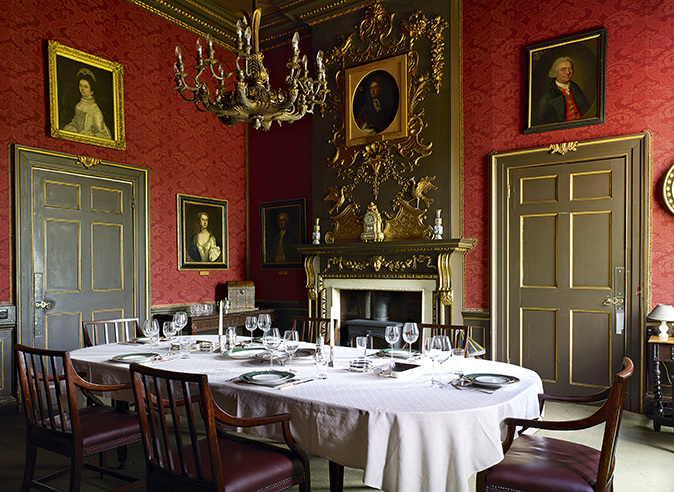
In 1737 Sir Thomas built a new stable beside the house, probably to designs by Francis Smith. A few years later, in 1743, he was in correspondence with the eldest son of Francis, William Smith, about alterations to the entrance hall or great hall. This was adapted to its present shape by ‘sinking the ceiling by a cove’ that blocked the room’s upper tier of windows. The plasterer John Wright of Worcester was paid £270 for the work. In accordance with Sir Roger’s musical enthusiasm, the room was dubbed the ballroom. A drawing in the house signed by David Hiorn, heir to the Smith’s building business in 1747, show that Sir Thomas also considered adding a portico to the exterior.
In the meantime, however, Sir Thomas was apparently suffering from ill-health. Having served as MP for Leicestershire from 1741, he announced in 1747 that ‘my attendance in town has increased my disorders, and it is the advice of physicians and surgeons…and the general request of all my friends in private life that ... I shall lay aside all thoughts of being again in Parliament’. He did in fact return to Parliament for more than a decade from 1762. Otherwise, he seems to have enjoyed himself at Stanford, occupied with the improvement of the park and damming of the Avon.
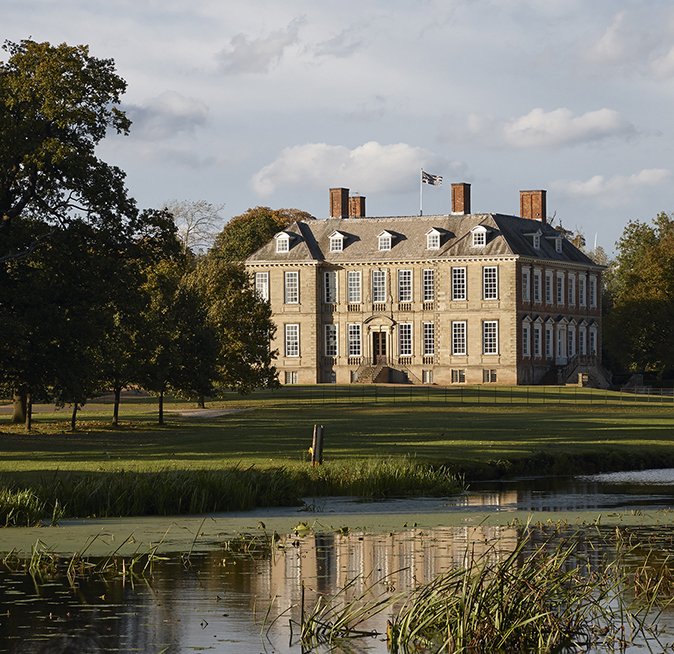
Following Sir Thomas’s death in 1778, Stanford passed in sequence to his son, grandson and finally granddaughter, Sarah Cave. This descent divided the baronetcy from the estate, but Sarah secured another title through a genealogically remote and complex claim. On September 4, 1839, Lord Melbourne wrote from Windsor Castle to assure Mrs Cave that the Queen had decided that the ‘abeyance of the peerage of Bray shall be determined in your favour’. When she died in 1862 the title was eventually revived for the grandson of her youngest daughter, Alfred Verney-Cave, 5th Lord Braye in 1879, a Catholic convert, a published poet and a designer.
Immediately after inheriting Stanford, Lord Braye took the opportunity of a world tour to transform the house with the help of the cabinet maker, sculptor, armourer and forger Felix Joubert, then working for the family decorating company Amédée Joubert & Son in Chelsea. The stables were connected to the house by a new wing that duplicated the basement and first-floor elevation of the 1690s design. It incorporated a chapel dedicated to St Thomas of Canterbury. Some of its fittings now survive in Our Lady of Sorrows at Eton, a building he erected in 1914 amid controversy with the Eton College authorities.
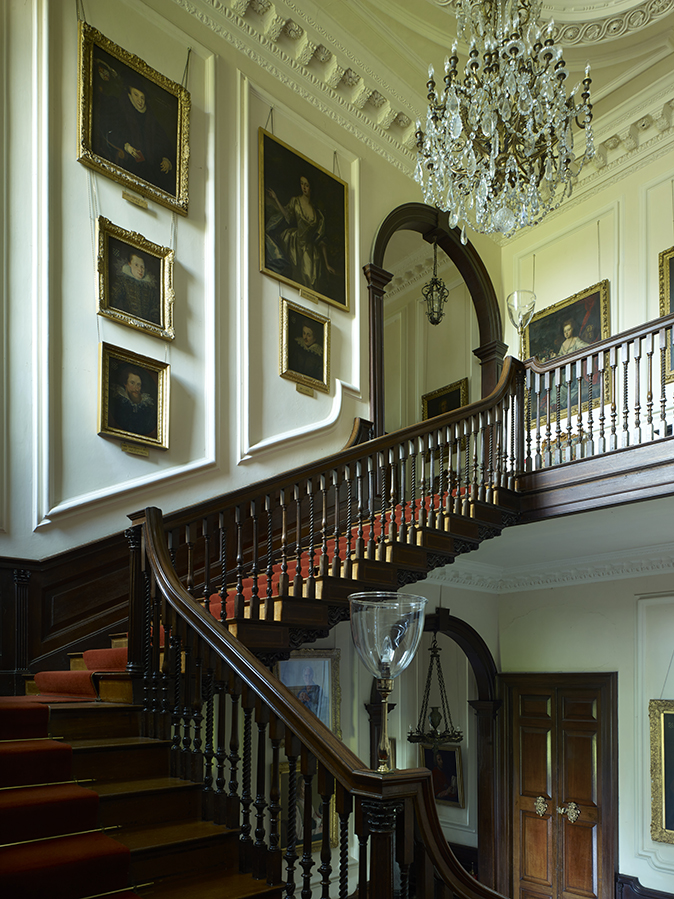
The decoration of the entrance hall or ballroom, meanwhile, was augmented with additional decorative plasterwork in a convincing 18th-century idiom and a series of Classical hunting paintings signed by B. Siccard, who probably also painted the ceiling of the dining room and that of the chapel (an Ascension). In 1896 Lord Braye again turned to Joubert to create a remarkable memorial for his elder brother, killed at Ulundi in Zululand, in the parish church (Country Life, July 9, 2014).
Lord Braye was involved in the experiments of the flying enthusiast and inventor Lt Percy Pilcher, who broke the world record for unpowered flight in Stanford Park in 1897. Pilcher, meanwhile, began to address the challenge of powered flight. However, while demonstrating his glider, called Hawk, to potential investors on September 30, 1899, he crashed and later died from his injuries. A monument to him stands in a nearby field.
The 20th century saw profound changes to the house. In 1924 the Victorian wing was demolished because of dry rot and during the Second World War the hall accommodated the Sacred Heart School and Convent from Roehampton.
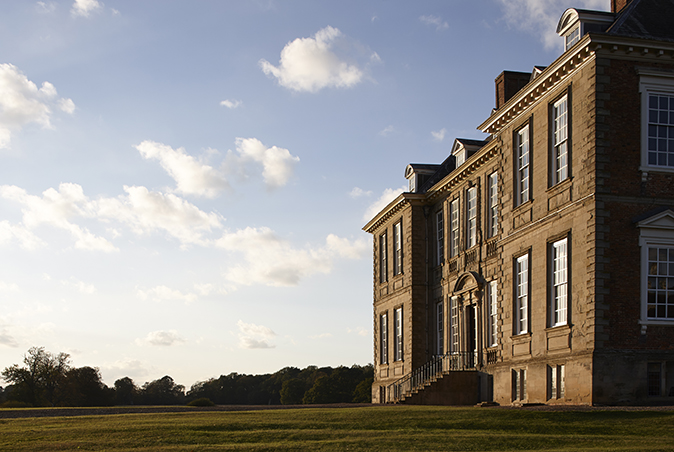
Thereafter, the 7th Lord Braye, who succeeded in 1952, initiated a huge restoration project, after which the house was first opened to the public and featured in Country Life (December 4 and 11, 1958). The 8th Baroness Braye and her husband, Lt Col Edward Aubrey-Fletcher, continued the restoration and development of Stanford, before a cousin, Nick Fothergill took over responsibility for it in 2003. With the help of Natural England, he has restored numerous structures across the estate including the stables, estate yard bothy, ha-ha, deer shelter, gates and a 17th-century bridge. In the hall itself, the basement has been renewed as a modern living area and in 2012 the ballroom paintings were conserved by Hirst Conservation with a grant from the Country Houses Foundation. The property, meanwhile, is open for events, corporate hire and weddings as well as summer camps for inner-city children managed by Lifebeat, a charity established by Lucy Fothergill. The estate manages and recycles all its waste from events into compost and reusable material and is pioneering an organic vegetable growing program for surrounding schools. Stanford feels like an unusually vibrant estate playing an active role in the world around it.
Visit http://stanfordhall.co.uk for further information
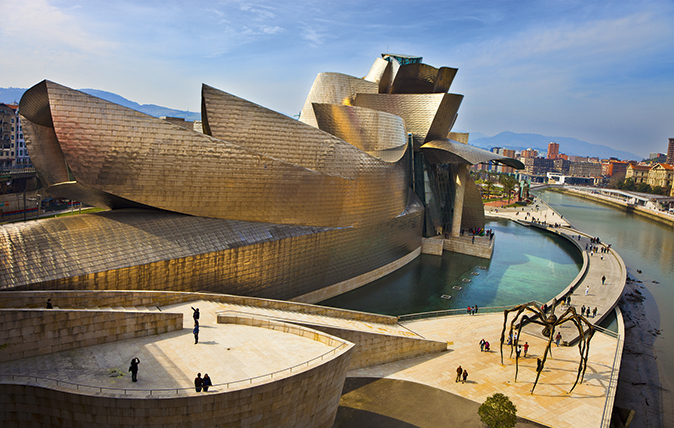
Credit: Getty Images
Bilbao: The perfect mini-break for the architecture buff
Art reigns in Spain.
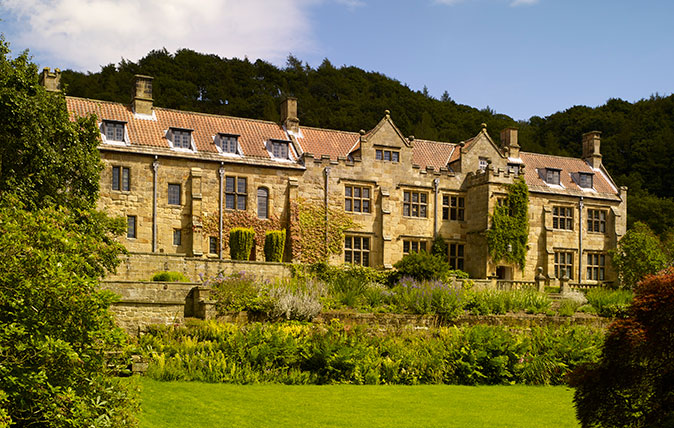
The saving of Mount Grace Priory: A ruin revived in Arts-and-Crafts style
The saving of Mount Grace Priory in North Yorkshire is a fascinating tale of far-sightedness, persistence and determination. Gavin Stamp
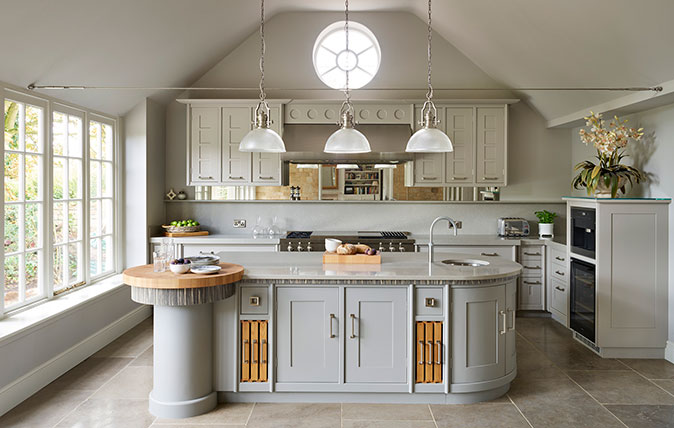
Art Deco kitchens: An ageing classic look that is still pushing new trends
Art Deco is almost a hundred years old, and its modern revival now dates back almost 15 years – but it's

John spent his childhood in Kenya, Germany, India and Yorkshire before joining Country Life in 2007, via the University of Durham. Known for his irrepressible love of castles and the Frozen soundtrack, and a laugh that lights up the lives of those around him, John also moonlights as a walking encyclopedia and is the author of several books.
-
 Two quick and easy seasonal asparagus recipes to try this Easter Weekend
Two quick and easy seasonal asparagus recipes to try this Easter WeekendAsparagus has royal roots — it was once a favourite of Madame de Pompadour.
By Melanie Johnson
-
 Sip tea and laugh at your neighbours in this seaside Norfolk home with a watchtower
Sip tea and laugh at your neighbours in this seaside Norfolk home with a watchtowerOn Cliff Hill in Gorleston, one home is taller than all the others. It could be yours.
By James Fisher
-
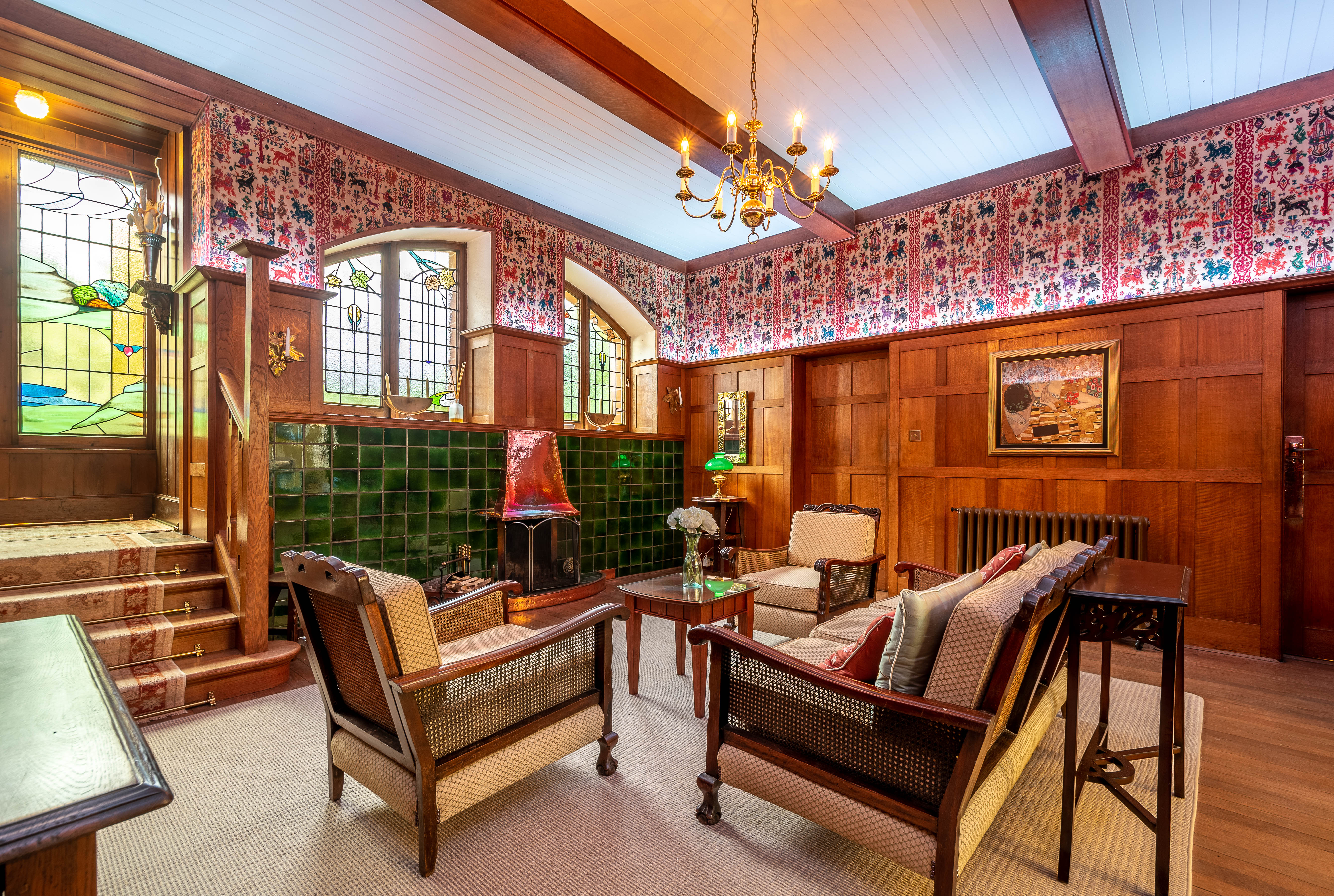 Seven of the UK’s best Arts and Crafts buildings — and you can stay in all of them
Seven of the UK’s best Arts and Crafts buildings — and you can stay in all of themThe Arts and Crafts movement was an international design trend with roots in the UK — and lots of buildings built and decorated in the style have since been turned into hotels.
By Ben West
-
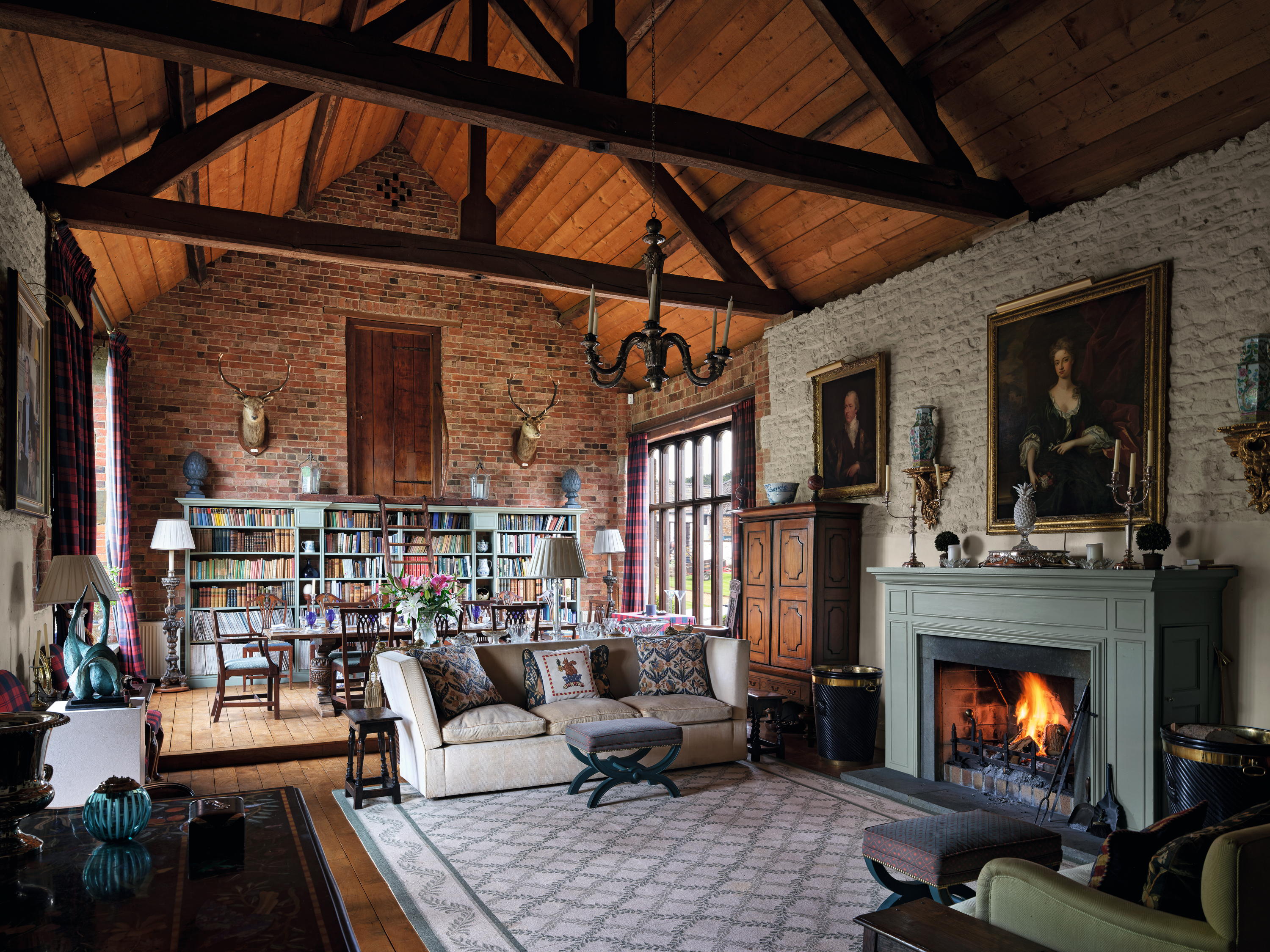 High Wardington House: A warm, characterful home that shows just what can be achieved with thought, invention and humour
High Wardington House: A warm, characterful home that shows just what can be achieved with thought, invention and humourAt High Wardington House in Oxfordshire — the home of Mr and Mrs Norman Hudson — a pre-eminent country house adviser has created a home from a 300-year-old farmhouse and farmyard. Jeremy Musson explains; photography by Will Pryce for Country Life.
By Jeremy Musson
-
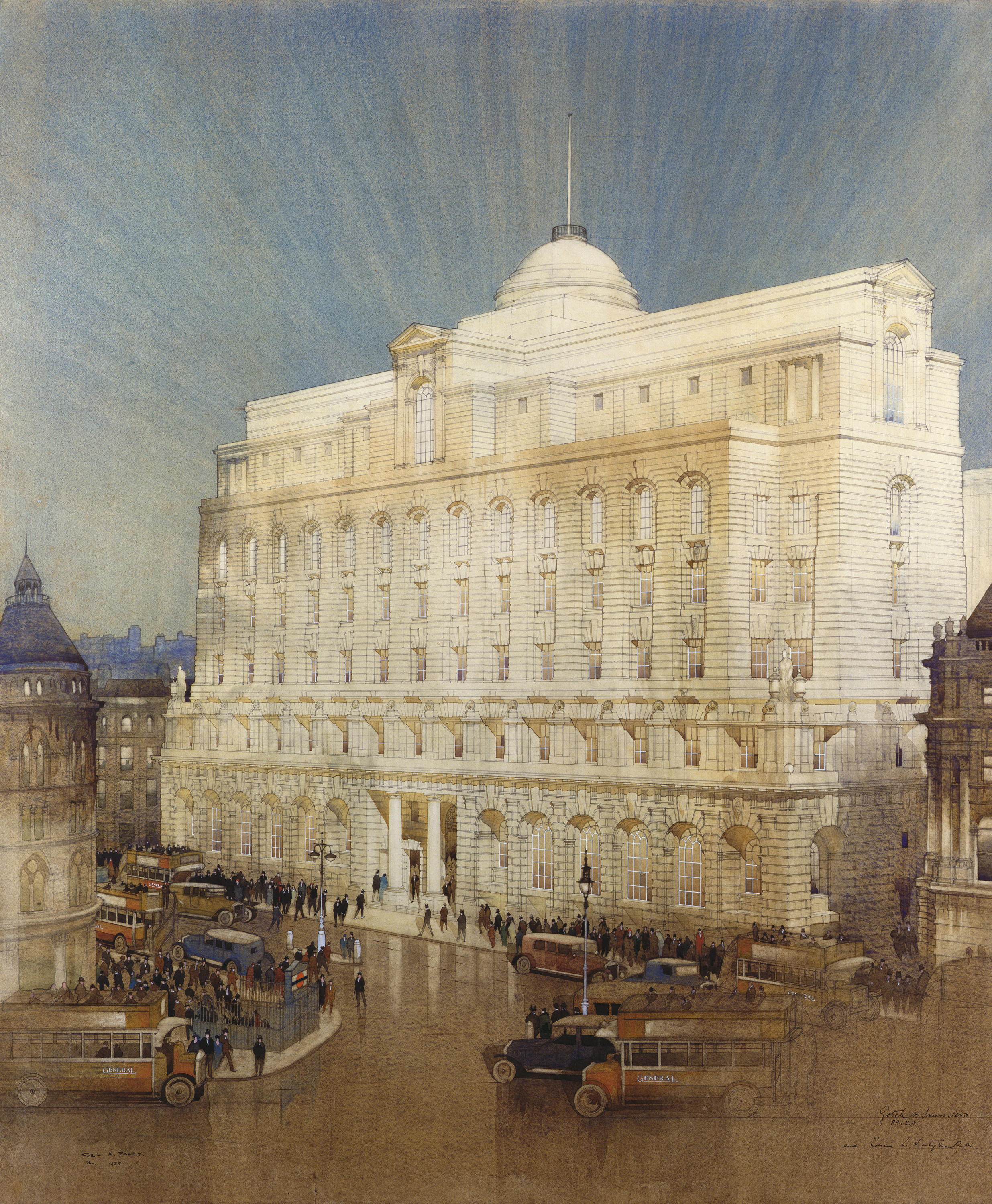 Sir Edwin Lutyens and the architecture of the biggest bank in the world
Sir Edwin Lutyens and the architecture of the biggest bank in the worldSir Edwin Lutyens became the de facto architect of one of Britain's biggest financial institutions, Midland Bank — then the biggest bank in the world, and now part of the HSBC. Clive Aslet looks at how it came about through his connection with Reginald McKenna.
By Clive Aslet
-
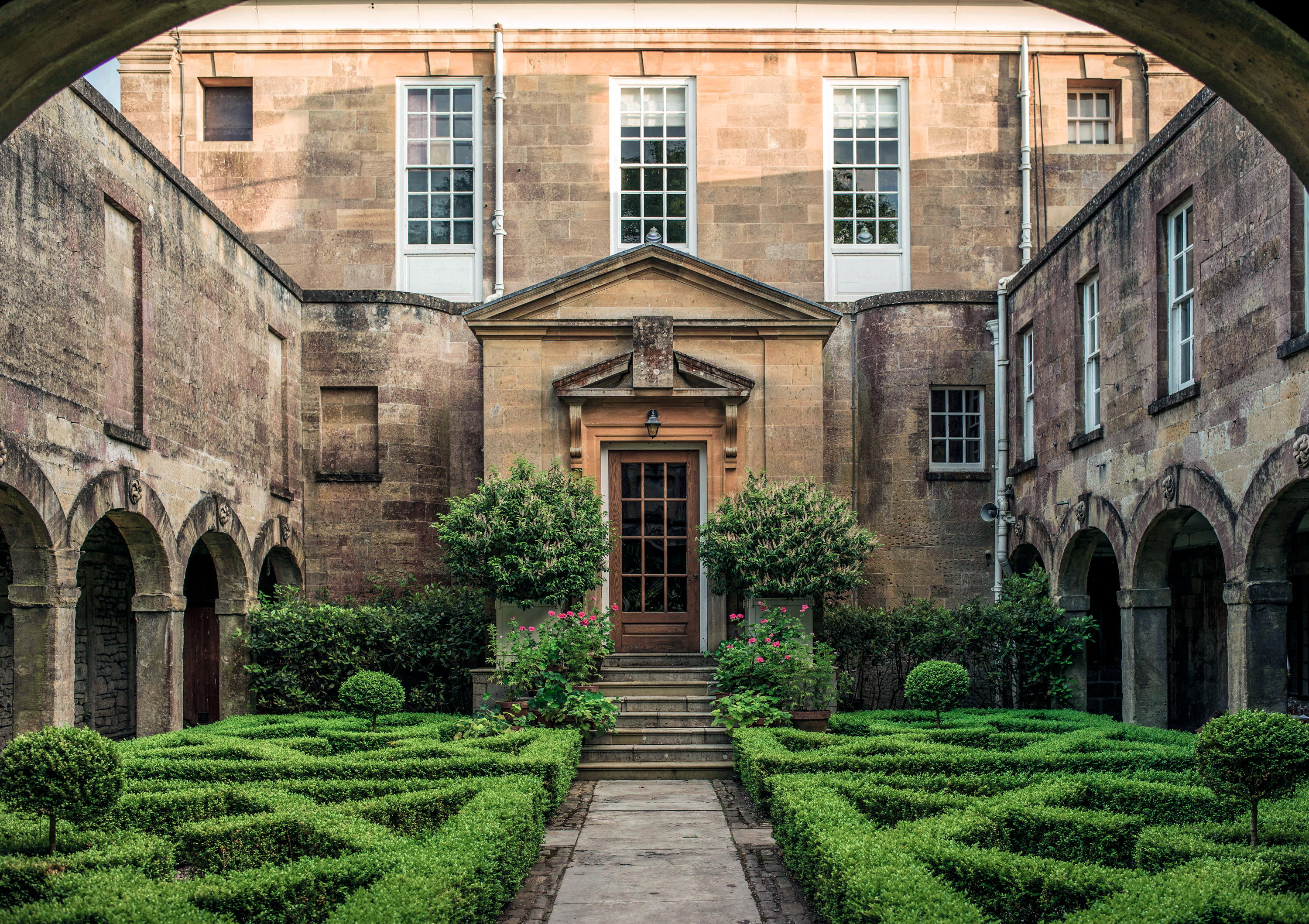 'There are architects and architects, but only one ARCHITECT': Sir Edwin Lutyens and the wartime Chancellor who helped launch his stellar career
'There are architects and architects, but only one ARCHITECT': Sir Edwin Lutyens and the wartime Chancellor who helped launch his stellar careerClive Aslet explores the relationship between Sir Edwin Lutyens and perhaps his most important private client, the politician and financier Reginald McKenna.
By Clive Aslet
-
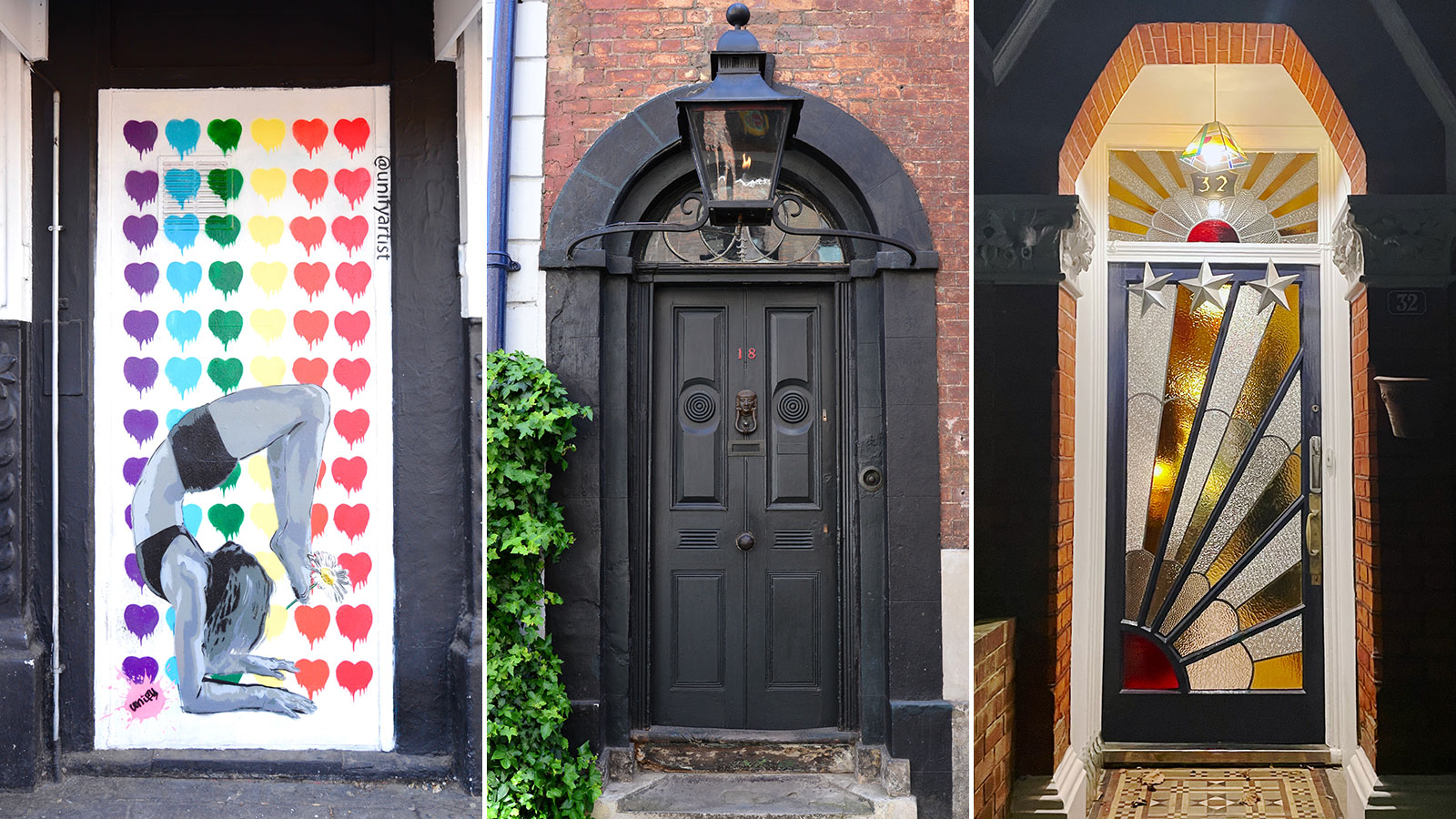 Cath Harries — The photographer on a 15-year quest to find the most incredible doors in London
Cath Harries — The photographer on a 15-year quest to find the most incredible doors in LondonBy Toby Keel
-
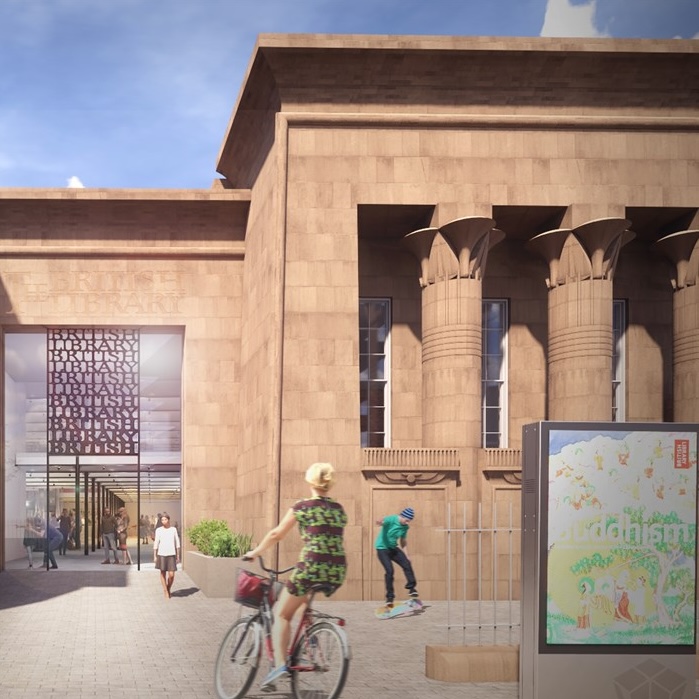 The extraordinary Egyptian-style Leeds landmark hoping to become a second British Library — and they used to let sheep graze on the roof
The extraordinary Egyptian-style Leeds landmark hoping to become a second British Library — and they used to let sheep graze on the roofThe project has been awarded £10million from the Government, but will cost £70million in total.
By Annunciata Elwes
-
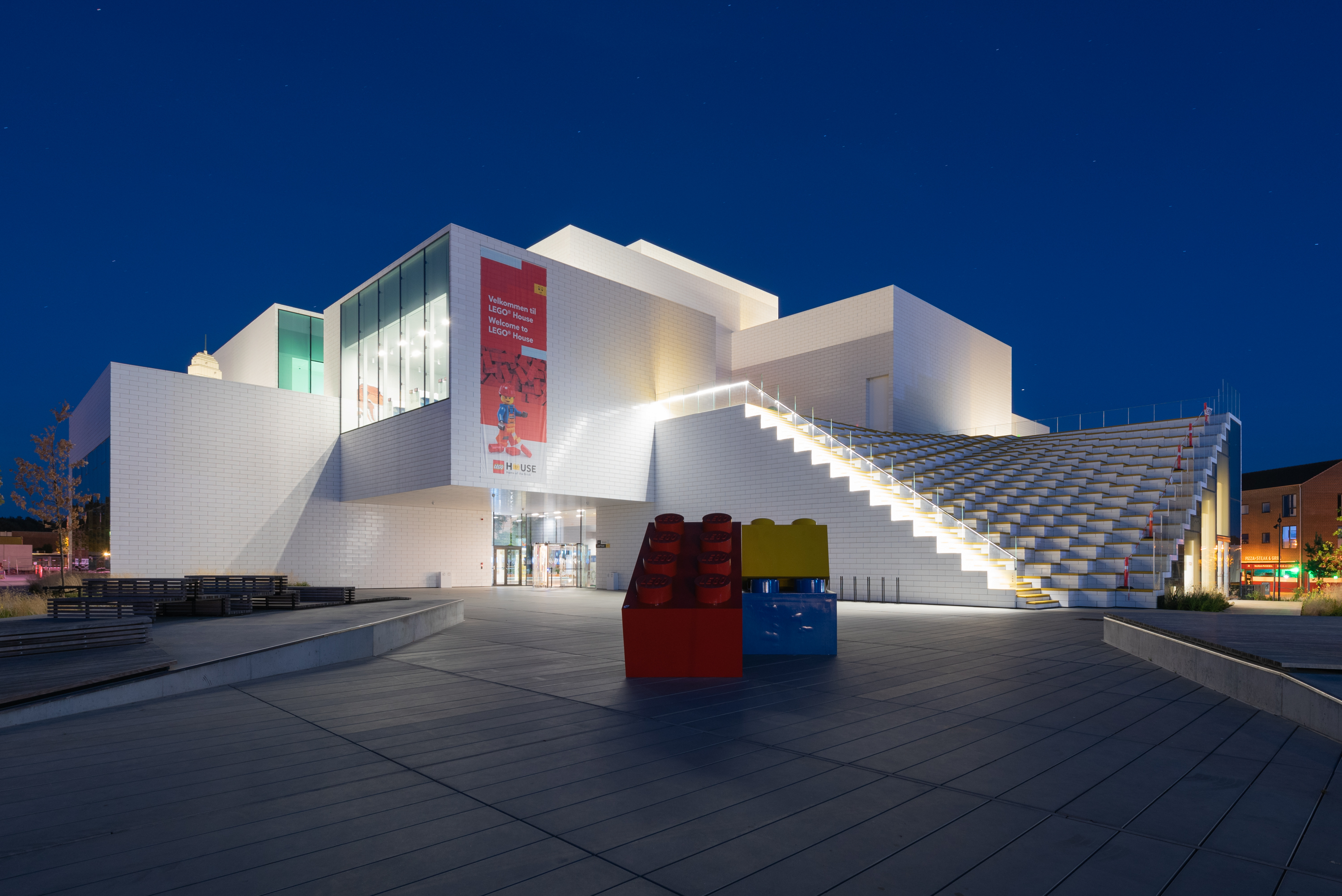 Art, architecture and plastic bricks at Lego House: 'It's as if the National Gallery set up easels and paints next to the masterpieces and invited you try your hand at creating a Van Gogh'
Art, architecture and plastic bricks at Lego House: 'It's as if the National Gallery set up easels and paints next to the masterpieces and invited you try your hand at creating a Van Gogh'The rural Danish town where Lego was created is dominated by the iconic toy — and at Lego House, it has a fittingly joyful site of pilgrimage. Toby Keel paid a visit.
By Toby Keel
-
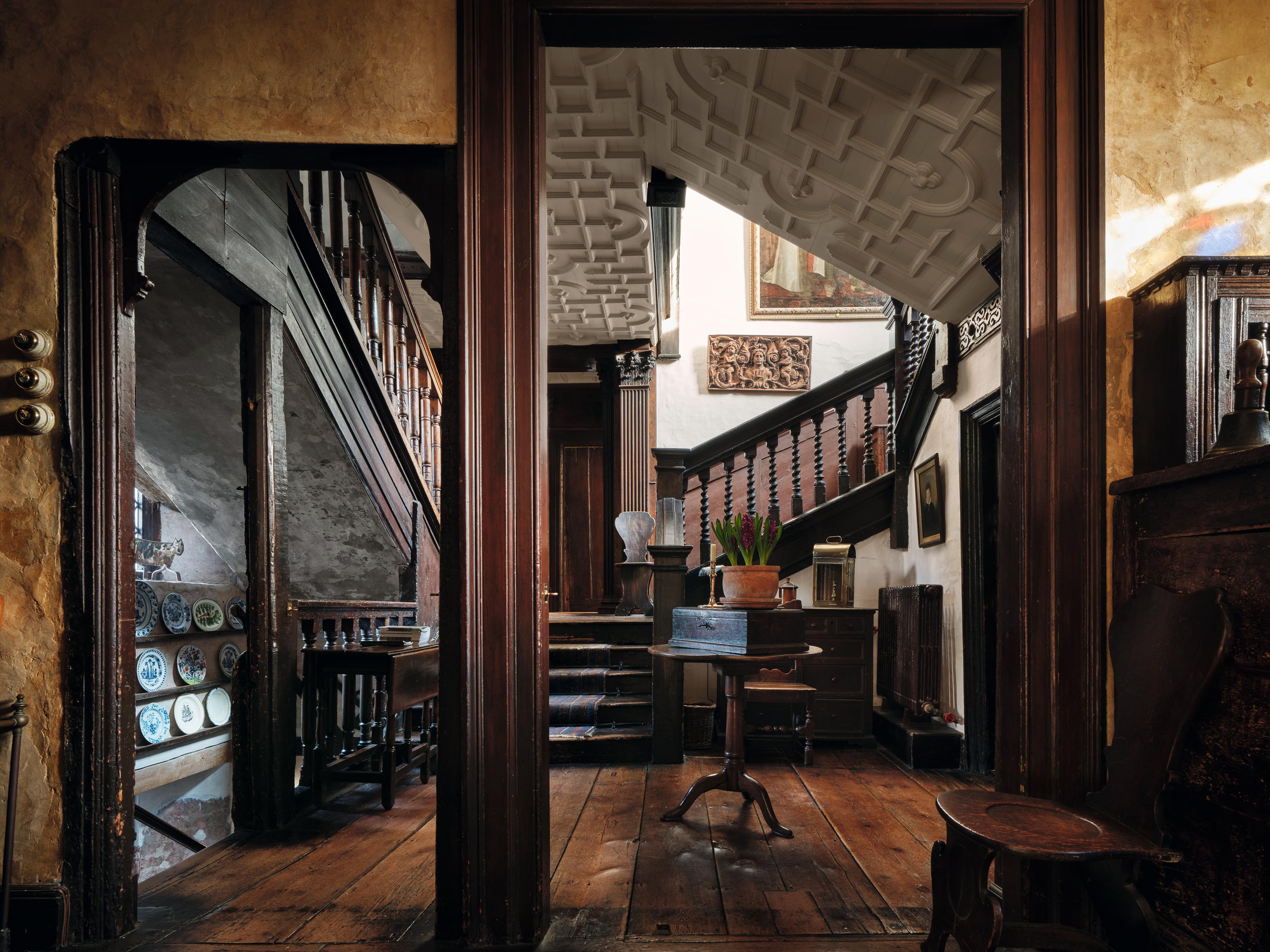 Restoration House: The house in the heart of historic Rochester that housed Charles II and inspired Charles Dickens
Restoration House: The house in the heart of historic Rochester that housed Charles II and inspired Charles DickensJohn Goodall looks at Restoration House in Rochester, Kent — home of Robert Tucker and Jonathan Wilmot — and tells the tale of its remarkable salvation.
By John Goodall